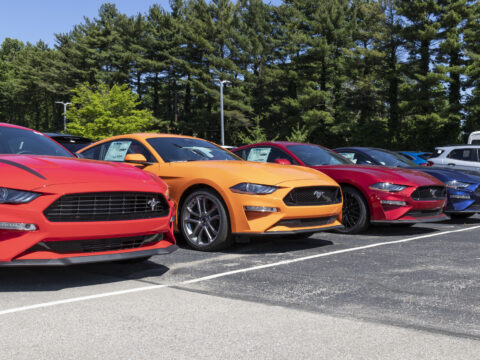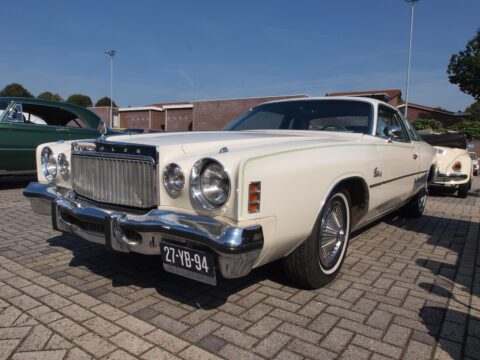Infotainment systems in modern sports cars are designed to enhance the driving experience, offering everything from navigation to entertainment at your fingertips. But despite their sleek design and advanced features, these systems are not without their flaws. In fact, glitches in infotainment tech can quickly turn a thrilling drive into a frustrating one. Here are 15 common issues that drivers encounter with infotainment systems in today’s sports cars, and what you should know about them.
Contents
Frozen Screens
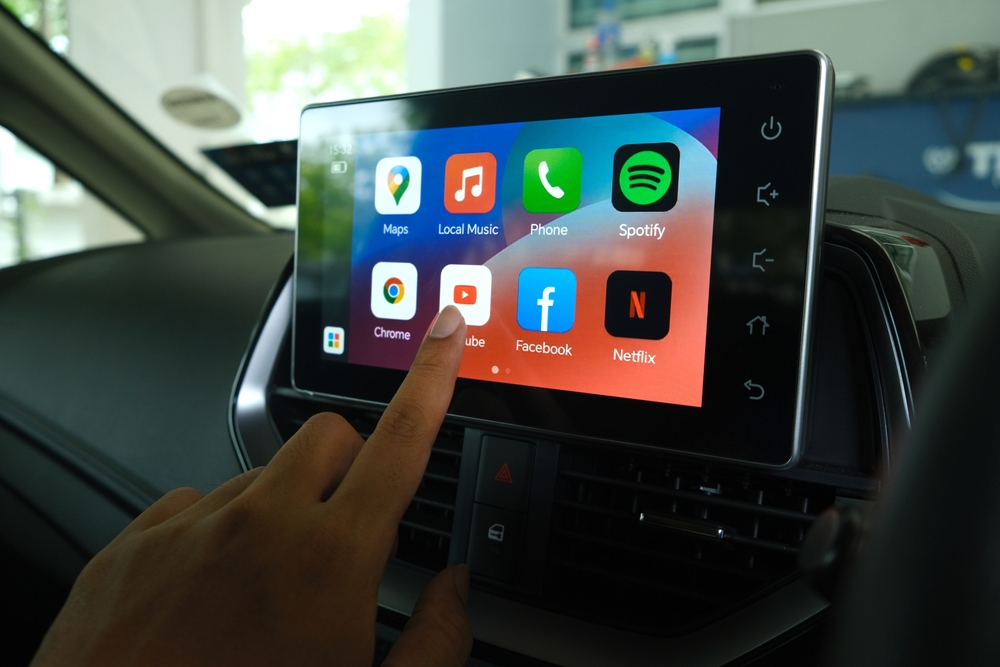
Frozen screens are one of the most common and frustrating issues. A high-performance sports car should have an infotainment system that responds swiftly to user inputs, but when the screen locks up, it becomes unusable, often requiring a full system restart. This glitch typically results from overwhelmed system memory or software bugs, particularly when multitasking between apps or features.
Bluetooth Connection Failures
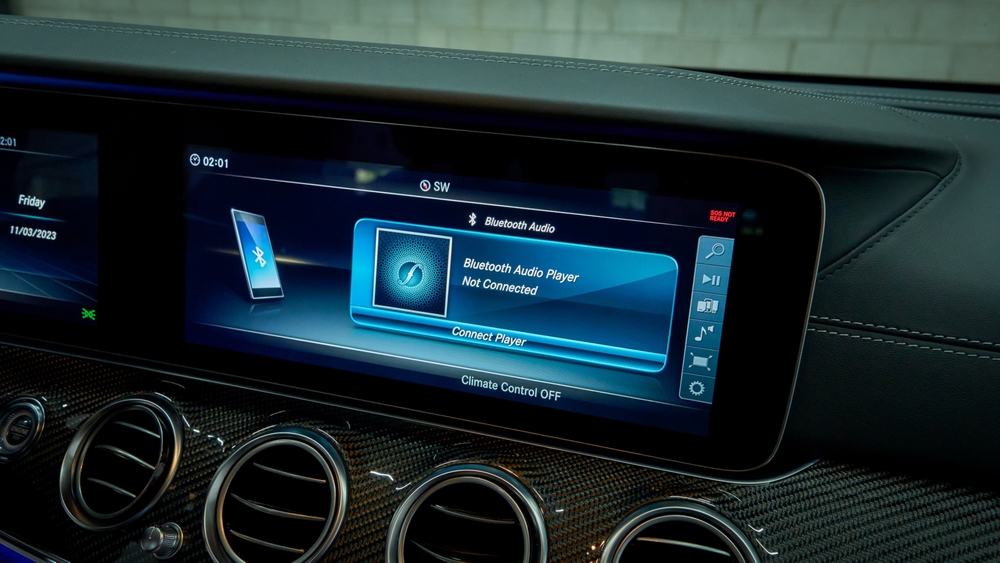
Bluetooth connectivity is crucial for hands-free calling and streaming audio. Inconsistent pairing or dropped connections can disrupt calls and media playback, leaving drivers distracted and frustrated. This issue is often caused by incompatible software versions between the infotainment system and the mobile device, making the technology less reliable than advertised.
Navigation System Errors
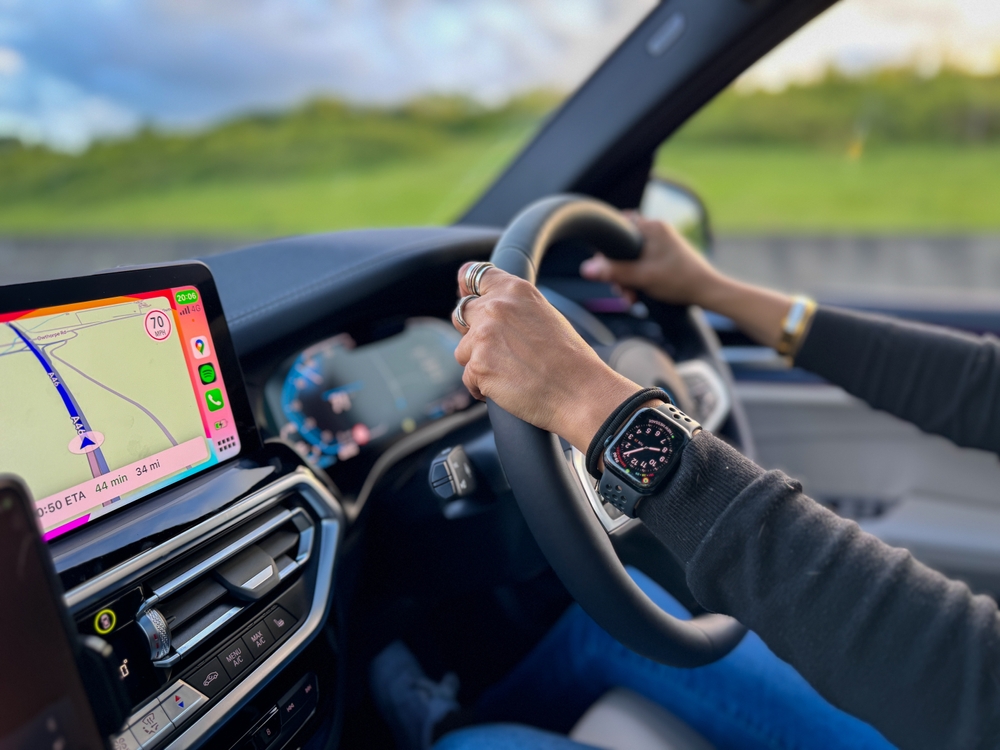
Navigation glitches, such as wrong directions, slow map loading, or failed rerouting, can lead to delayed trips and unsafe driving situations. With the precision expected in sports cars, having a faulty navigation system can detract from the experience. These problems arise from outdated maps, poor GPS signals, or bugs in the navigation software.
Laggy Performance
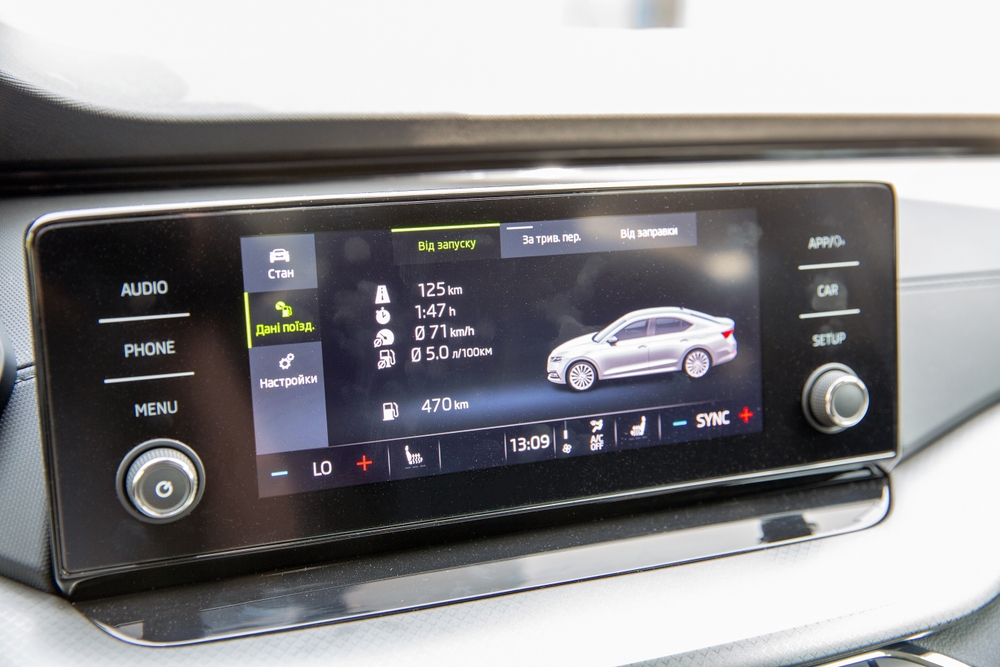
High-performance cars should come with high-performance tech, but some infotainment systems suffer from slow response times, particularly when switching between applications or commands. The laggy interface can result from insufficient processing power, poor system optimization, or too many background apps running, all of which are disappointing in luxury vehicles.
Touchscreen Calibration Issues
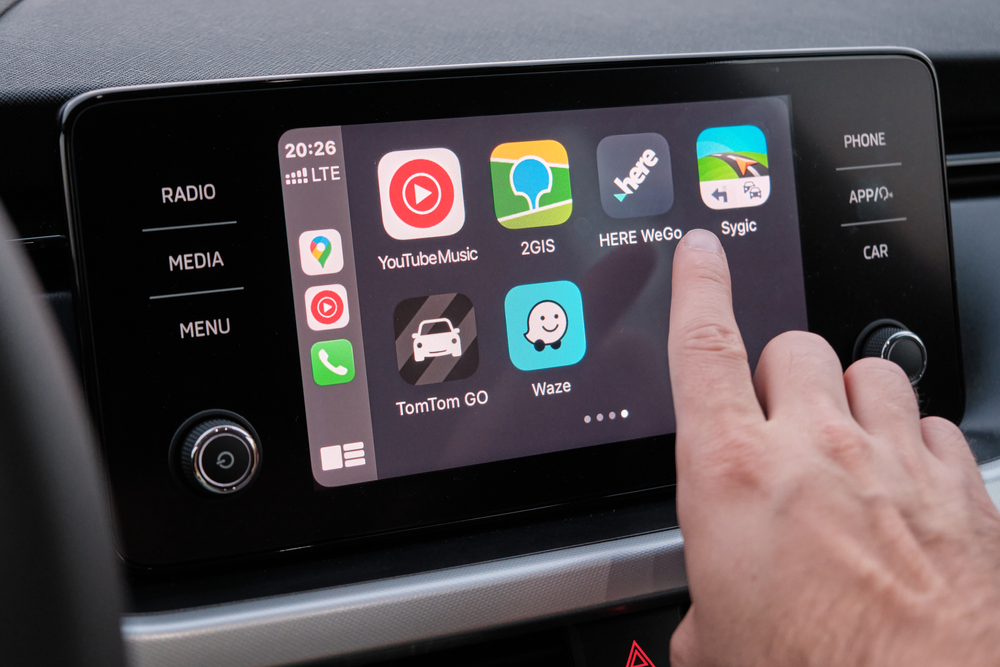
If the touchscreen isn’t accurately registering inputs, users can struggle to operate key features. This may involve the screen misinterpreting touch locations or requiring excessive pressure to respond. Such glitches are caused by calibration problems in the hardware or software, reducing the ease of use for a critical part of the car’s interface.
Voice Command Misunderstandings
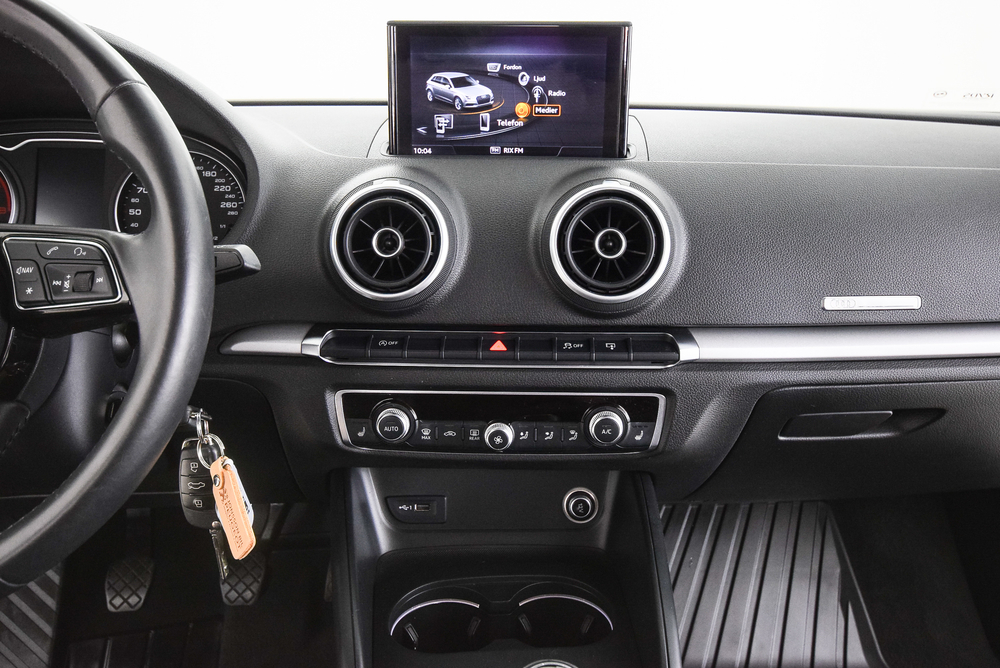
Voice recognition systems in sports cars are designed for hands-free operation, but when the system misinterprets commands or responds slowly, it becomes more of a nuisance than a convenience. These issues are often due to poor microphone sensitivity, lack of contextual understanding in the software, or improper configuration, leading to incorrect actions.
Audio Stuttering
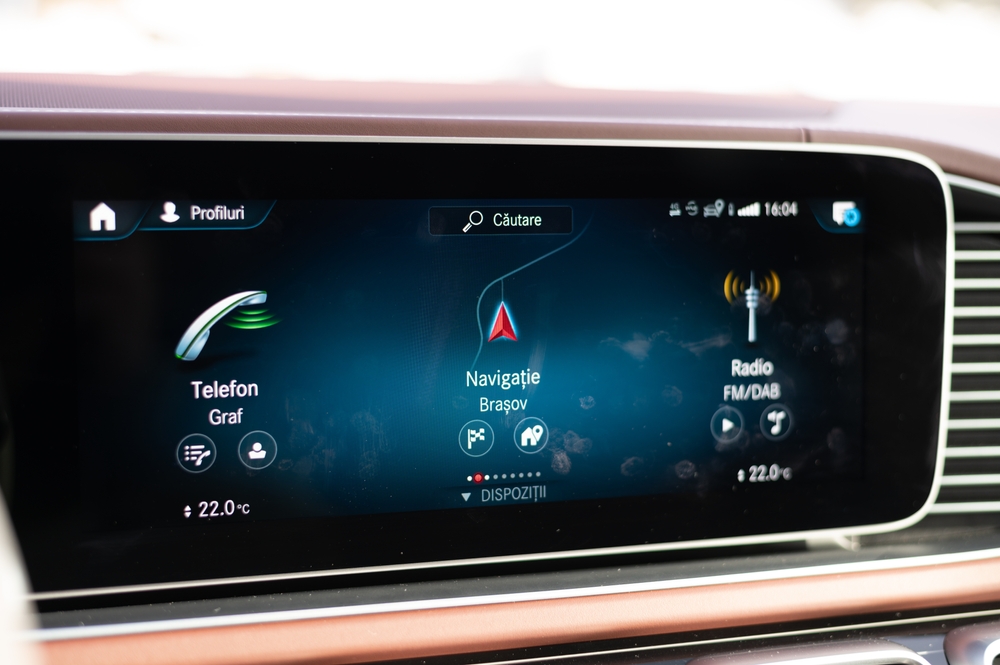
Seamless audio playback is expected in a premium car, but some systems suffer from audio stuttering during music or calls. This issue is often linked to unstable Bluetooth connections, weak processing performance, or software conflicts that affect the audio stream, causing disruptions in entertainment or communication.
Software Crashes
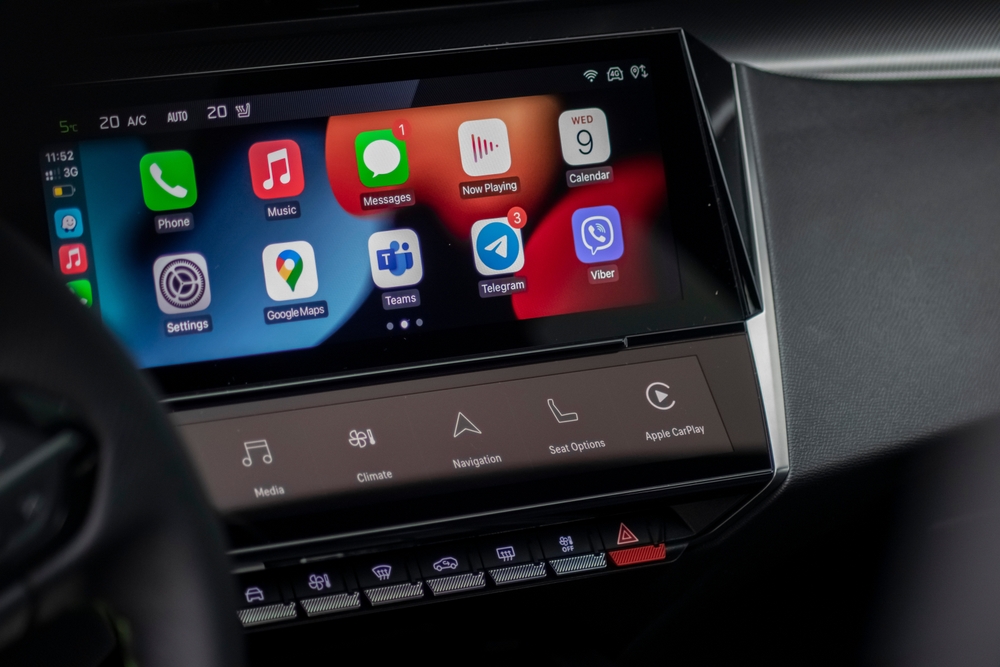
System crashes can occur without warning, forcing the infotainment unit to restart and sometimes losing user settings in the process. This is especially frustrating if the system crashes during critical functions, like navigation. These glitches often stem from memory leaks, corrupted files, or unresolved bugs in the software.
Inconsistent Wi-Fi Hotspot Connectivity
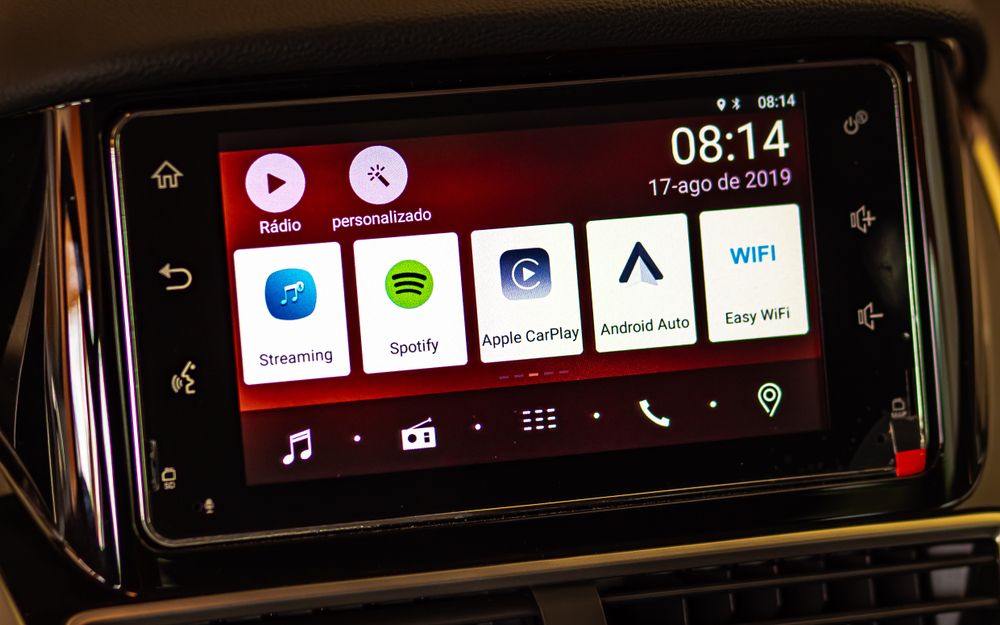
Many modern sports cars offer in-car Wi-Fi, but unreliable connectivity can make this feature frustrating. When the hotspot frequently drops its connection or fails to connect devices, it undermines the promise of convenience. These issues are often caused by poor cellular signal, hardware faults, or inefficient networking software.
App Compatibility Problems
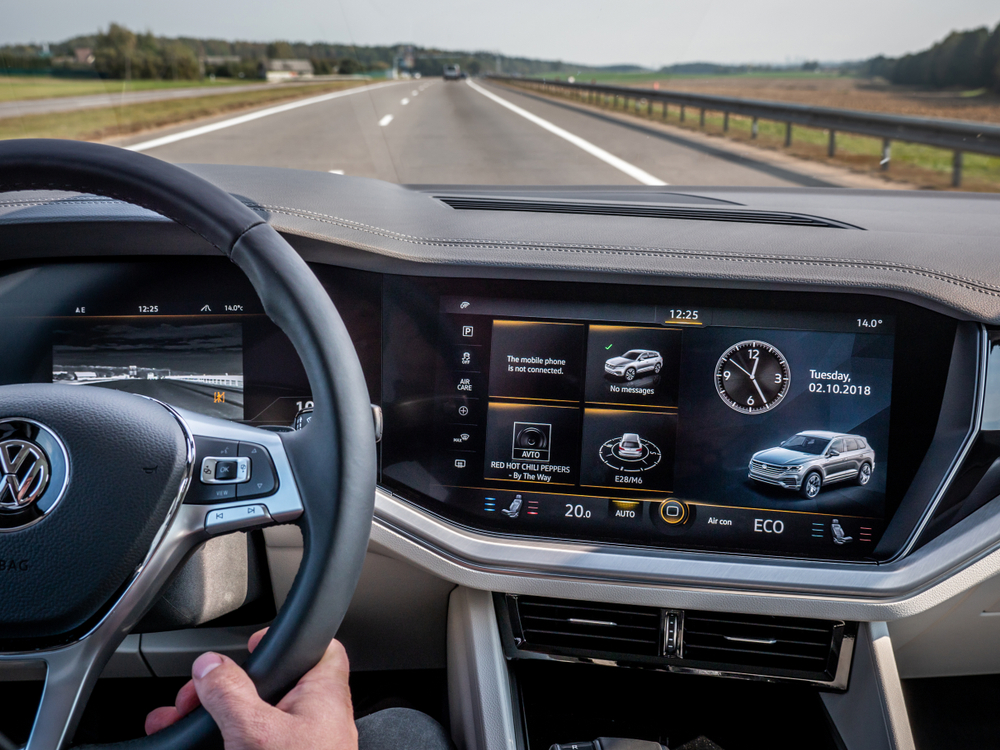
Infotainment systems are increasingly integrating third-party apps for entertainment, navigation, and communication. However, issues arise when certain apps fail to launch, crash frequently, or don’t work as intended. This is often due to outdated app versions, system incompatibility, or the car’s software not being optimized for specific apps.
Glitchy Rear-View Camera
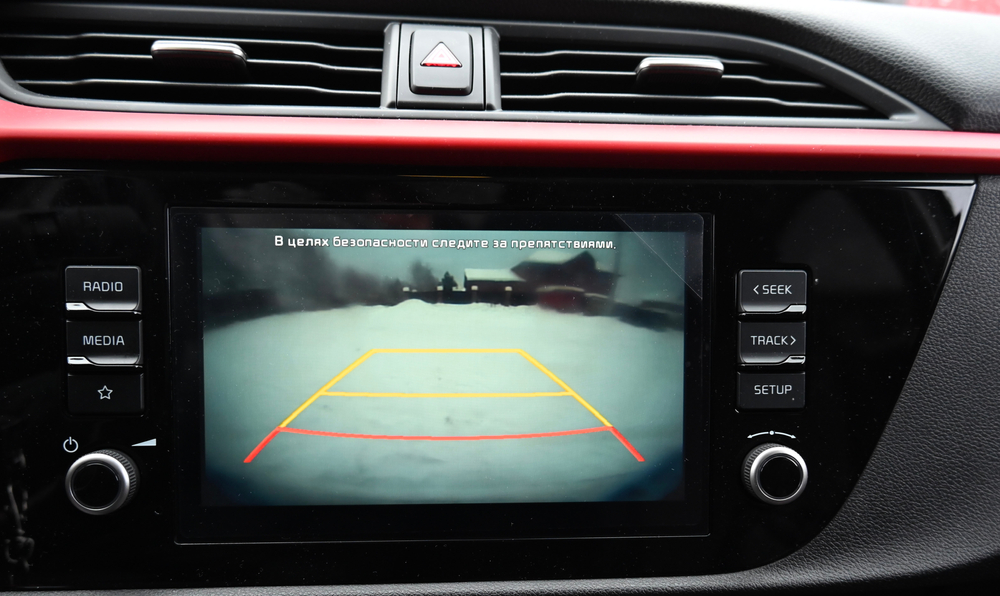
The rear-view camera is crucial for parking and maneuvering in tight spaces, but delays or blackouts in its display can make parking risky. These glitches can be caused by slow processing speeds, electrical faults, or problems in the camera’s wiring, creating safety concerns.
Inaccurate Fuel Economy Display
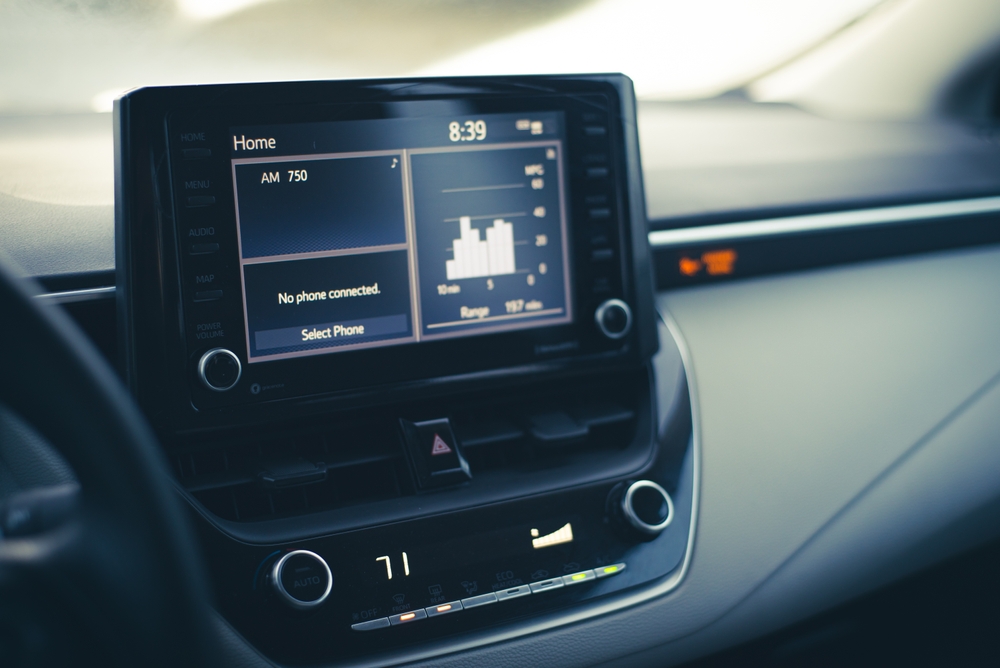
Fuel economy displays help drivers optimize their driving habits, but when these readings are inaccurate, they mislead the driver about real-time fuel consumption. Software errors or faulty sensors often lead to this problem, causing confusion and potentially affecting driving behavior.
Volume Control Malfunctions
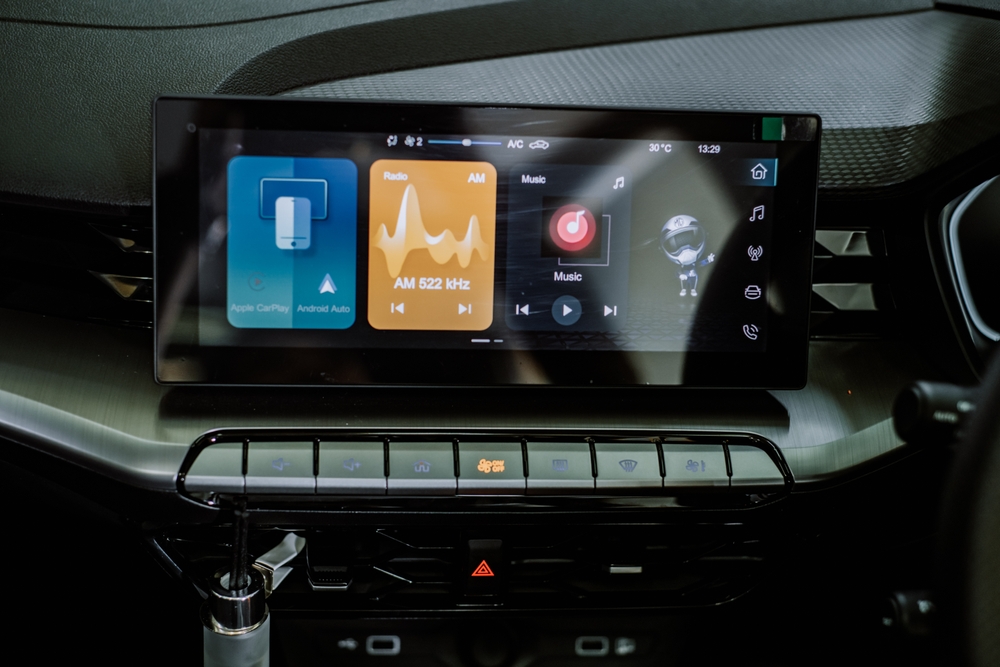
When the volume slider or knob doesn’t work as expected, it can be difficult to adjust audio levels on the go, leading to sudden jumps in sound or complete loss of control. This issue often stems from worn-out hardware or software that struggles to sync commands with the system.
Overheating Issues

Infotainment systems, like any computer, can overheat, causing performance issues such as slowdowns or system crashes. Overheating typically results from prolonged use, poor ventilation, or excessive strain on the hardware, particularly in hot climates or during intense driving.
USB Connection Failures
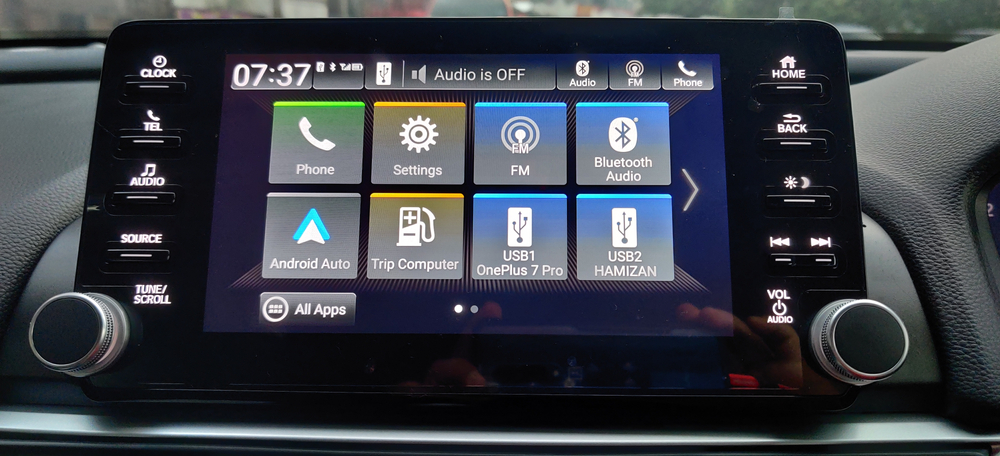
USB ports are meant to charge devices and provide data connectivity, but sometimes they fail to recognize connected devices, making it impossible to play media or charge a phone. These glitches arise from hardware malfunctions, driver issues, or software conflicts within the system.
This article originally appeared in MyCarMakesNoise.
More from MyCarMakesNoise
20 Classic Boomer Cars That Don’t Appeal to Millennials

Classic cars beloved by the Boomer generation often go unnoticed by Millennials. Despite their charm and historical significance, these vehicles are being overlooked by the younger generation. Read More
20 Drawbacks of Purchasing High-Mileage Cars

Buying a high-mileage vehicle can come with several hidden risks. These cars often face increased wear and tear, leading to more frequent repairs and higher maintenance costs. Read More
15 Aftermarket Upgrades That Could Be a Waste of Money
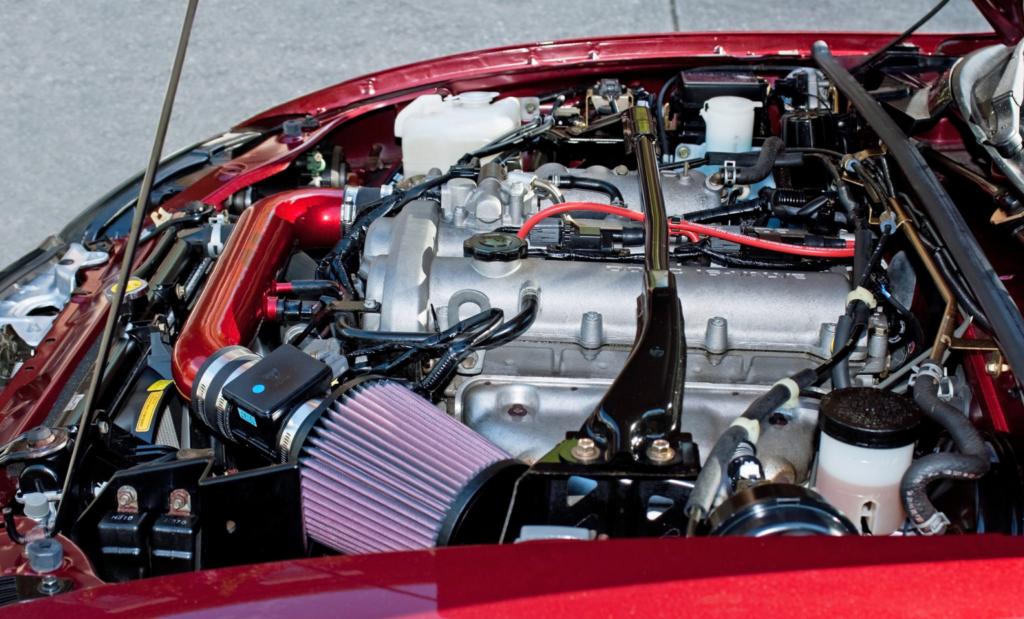
Upgrading your vehicle with aftermarket parts can be tempting, but not all mods deliver the value they promise. Some upgrades might seem like a good idea at first, but they could end up being more trouble than they’re worth. Read More

